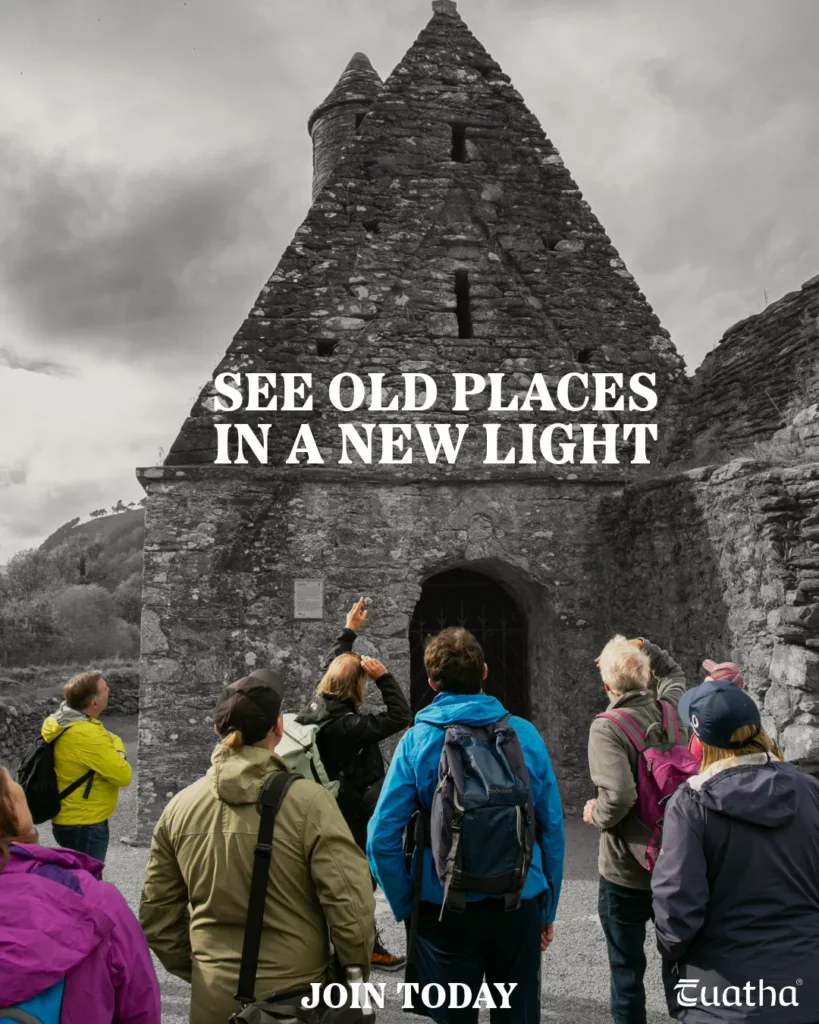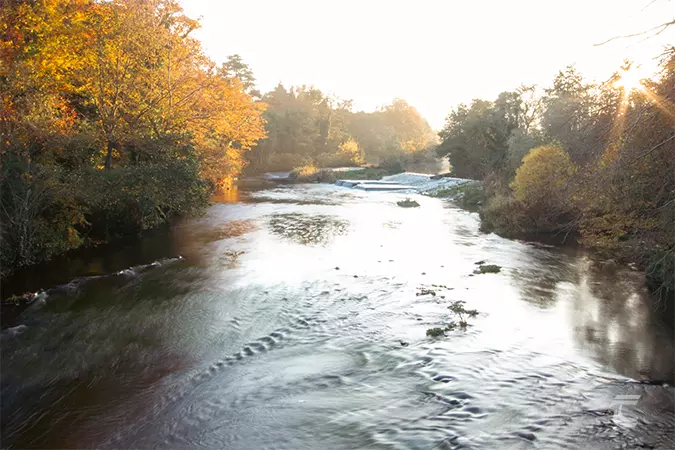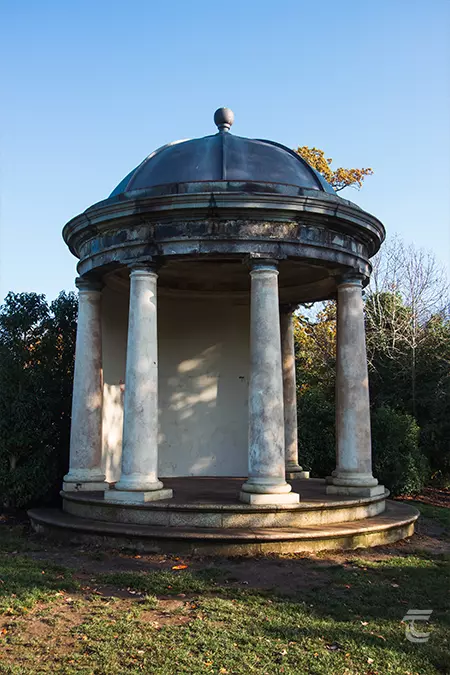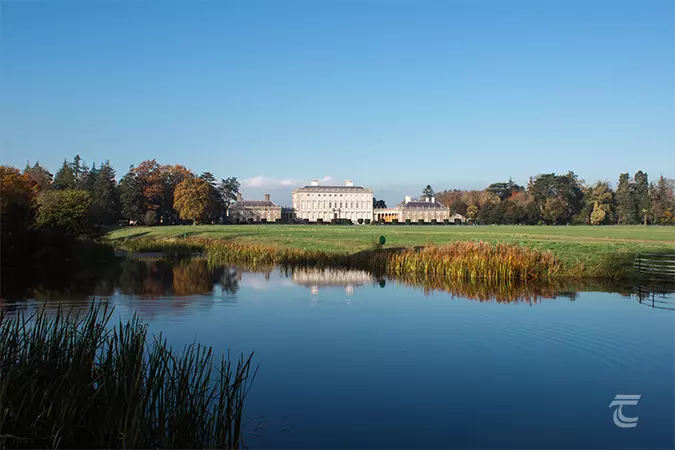Castletown House
One of Ireland’s most spectacular landed estates, the elegant Castletown House is situated in Celbridge, Kildare, alongside the River Liffey and within easy reach of Dublin. It was the palatial residence of William Conolly. Originally from Ballyshannon in County Donegal, Conolly was the son of a publican, but he had a stratospheric rise through the ranks of Irish society to become one of the wealthiest and most powerful men in Ireland and Britain. He achieved this in the aftermath of the Williamite Wars that had ravaged Ireland in the late-17th century. In the wake of King William’s victory, many Irish Catholic landowners were dispossessed of their lands and estates, which were then granted to King William’s Protestant supporters. This period became known as the Protestant Ascendancy. William Conolly had trained as a lawyer, and specialised in land transfers. Many who had been granted land immediately sought to sell it in order to make a fast profit. Conolly’s shrewdness and legal expertise helped him acquire large tracts of land across Ireland, often at knock-down prices. This later included the Duke of Wharton’s estate at Rathfarnham, where he built his hunting lodge that later became known as the Hellfire Club, (where we carried out our archaeological project in 2016).
Conolly also improved his fortunes with his marriage in 1694 to Katherine Conyngham, the daughter of a prominent Williamite general, which brought with it a substantial dowry of £2,300. Conolly soon owned land in eight Irish counties along with estates in Wales. His properties brought him an annual rental income of £25,000, a massive sum at the time, equivalent to many millions in today’s terms.
Supported by his new wealth and his wife Katherine, William Conolly embarked on a political career, and was duly elected to the Irish Parliament for Donegal in 1692. He became a famous parliamentarian, and achieved the rank of Speaker in the Irish Parliament from 1715–29, a role that became so synonymous with him that he was known as William ‘Speaker’ Conolly.
In 1707 William Conolly purchased his lands at Castletown. Construction of the mansion began in 1722 and the main part of the construction was completed by 1729, although the grand staircase was not installed unit 1759–60. Its design was influenced by the renowned Italian architect Alessandro Galilei, who met Conolly while visiting Ireland. The work was directed by the noted Irish architect Edward Lovett Pearce.
Unfortunately William Conolly did not have time to enjoy his beautiful house as he died in 1729. His widow Katherine continued to live in the house and commissioned a number of spectacular follies (like the nearby Wonderful Barn and Conolly Folly) to keep local people employed during periods of hardship.
Following Katherine’s death in 1752, Conolly’s nephew (also called William) inherited the estate. He died two years later and his son Thomas and his wife Lady Louisa came to inherit Castletown. Lady Louisa in particular left her mark and was constantly making improvements to the house and gardens. Thomas Conolly was a member of Parliament and became an important figure in late 18th-century Irish politics.
A guided tour of the house is the best way to get a full appreciation of the architectural marvel that is Castletown. Notable features include the Long Gallery, a 24-metre (80-ft) room on the first floor that was used to entertain guests. Intricate decorative stucco plasterwork by the Lafranchini brothers adorns the house, while the staircase with its brass balustrades is another eye-catching feature. Castletown contains 100 rooms and 229 windows and is set in 120 acres of beautiful landscaped grounds stretching down to the River Liffey. Its scale alone, quite apart from its design, make it hugely impressive. As one 18th-century commentator remarked: ‘This I believe to be the only house in Ireland to which the term “palace” can be applied.’
For practical information about visiting this site Click Here
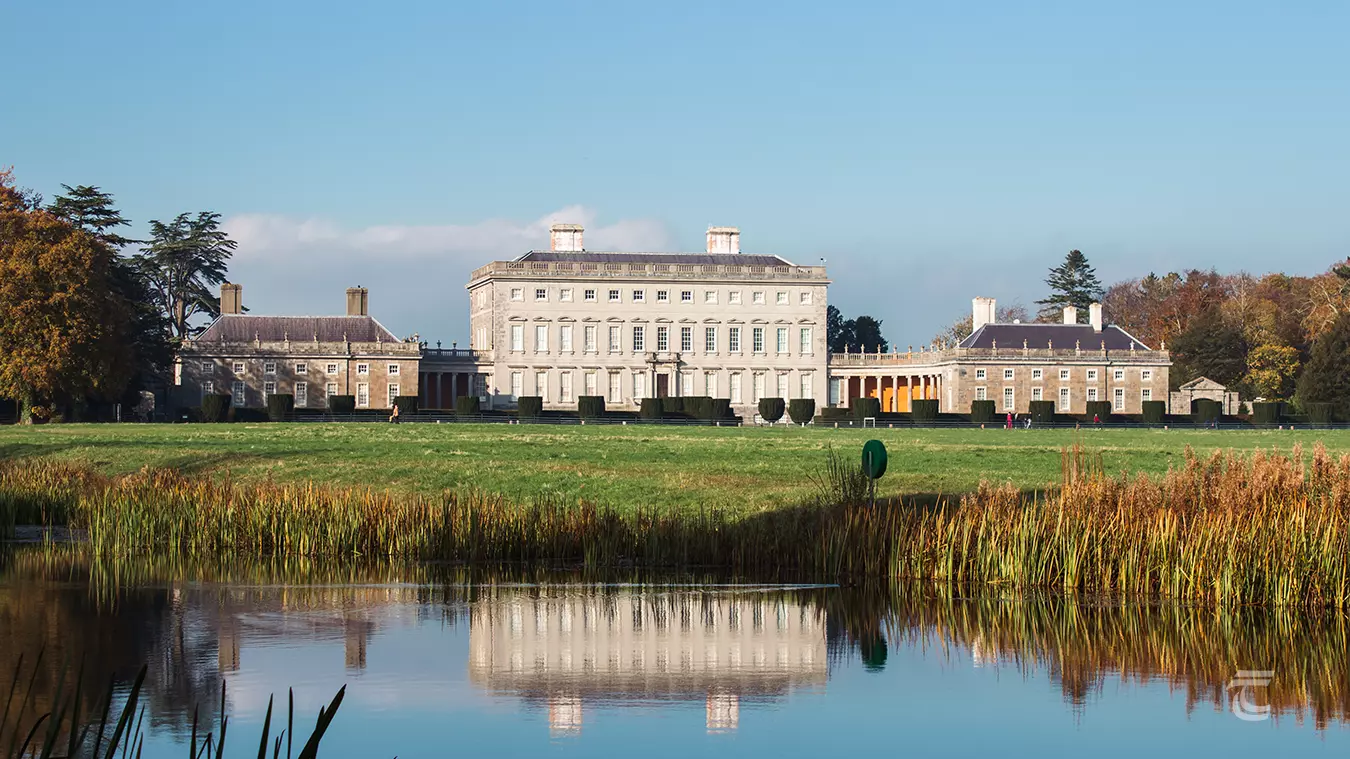
Castletown House • Kildare
Later History & the Celbridge Connection

Tree-lined road through the estate connecting Castletown to Celbridge • Kildare
Castletown House remained in the Conolly family until the 1960s, but when it was sold to property developers its future appeared uncertain. Fortunately, it was purchased by Desmond Guinness, of the famed brewing family, who led a project of restoration with the support of the Irish Georgian Society. The Castletown Foundation was established in 1979 and it was one of the key organisations (along with the Irish Georgian Society and OPW) that brought the house back to its former glory. The house was transferred to the Irish state in 1994 and has since been maintained and conserved by the OPW. It is open to the public and there are daily guided tours from early March to the end of October.
Castletown is connected to the town of Celbridge by a long, tree-lined avenue. Celbridge is also packed with fascinating historical features and stories. It has strong connections with famous historical figures like the Conollys, Jonathan Swift, Henry Grattan and Arthur Guinness. The name Celbridge derives from the Irish Cill Droichid, meaning ‘the Church of the Bridge’, and there are references to this name in documents from as early as the 13th century. As the name indicates, Celbridge originated as an ecclesiastical settlement. St Mochua is said to have founded a religious community here in the early 7th century. His church was probably located within the atmospheric historical graveyard of Tea Lane, located just off the Main Street.
Celbridge developed alongside Castletown House, the Conollys ensured that the buildings along the Main Street were constructed to the highest standards to give the town a pleasing aspect, and they sponsored many educational institutions in the town. Celbridge became known as the Home of Georgian Ireland but the history of the area spans the centuries and a visit to Castletown and Celbridge makes for a wonderful day out. You can hear all the tales in our free audio guide.

Tree-lined road through the estate connecting Castletown to Celbridge • Kildare
Upper left: the River Liffey flows through the grounds • Lower left: the lake at Castletown House • Right: Mrs Siddon’s Temple, a beautiful neo-classical folly on Castletown’s grounds
Top: the River Liffey flows through the grounds • Middle: Mrs Siddon’s Temple, a beautiful neo-classical folly on Castletown’s grounds • Bottom: the lake at Castletown House
